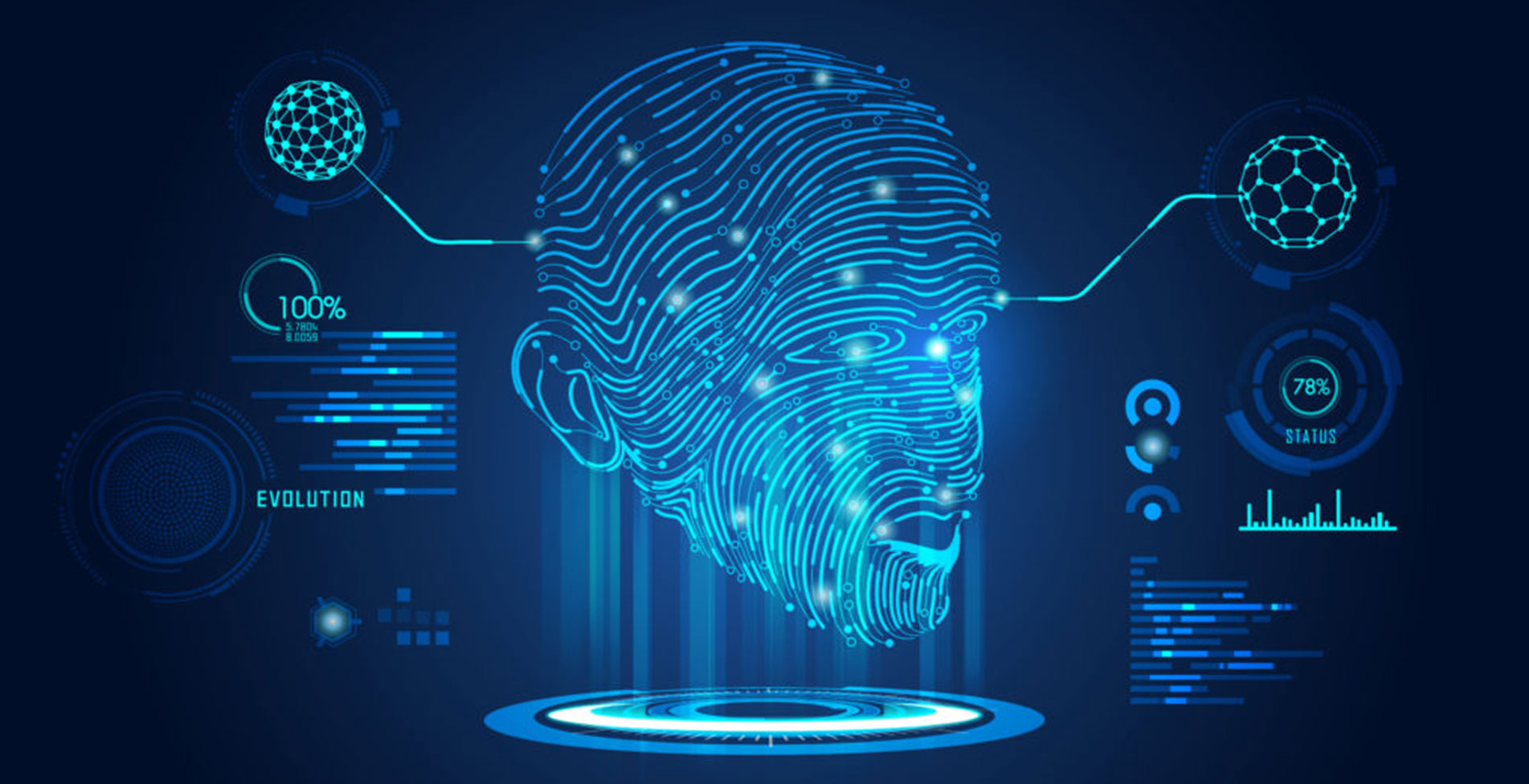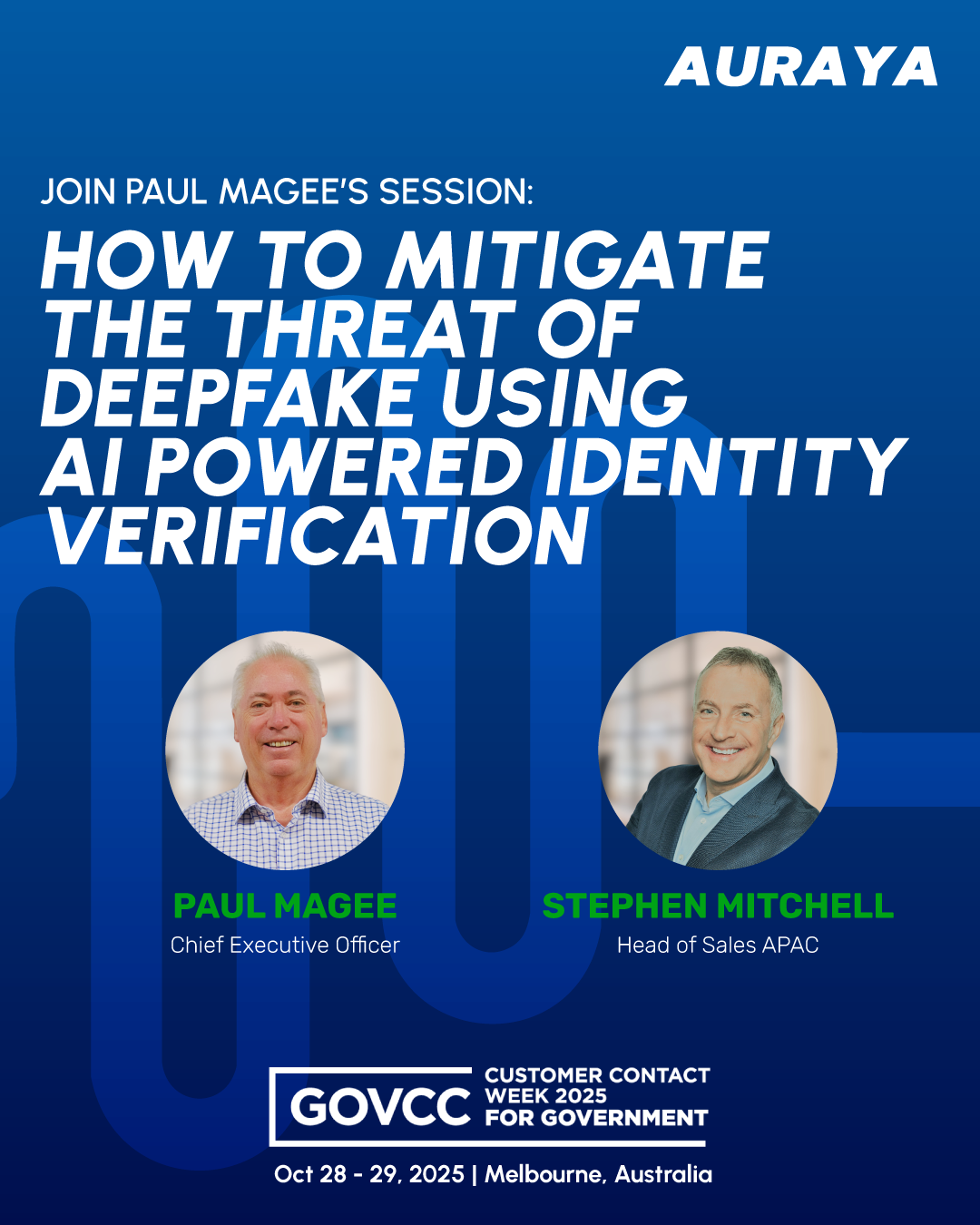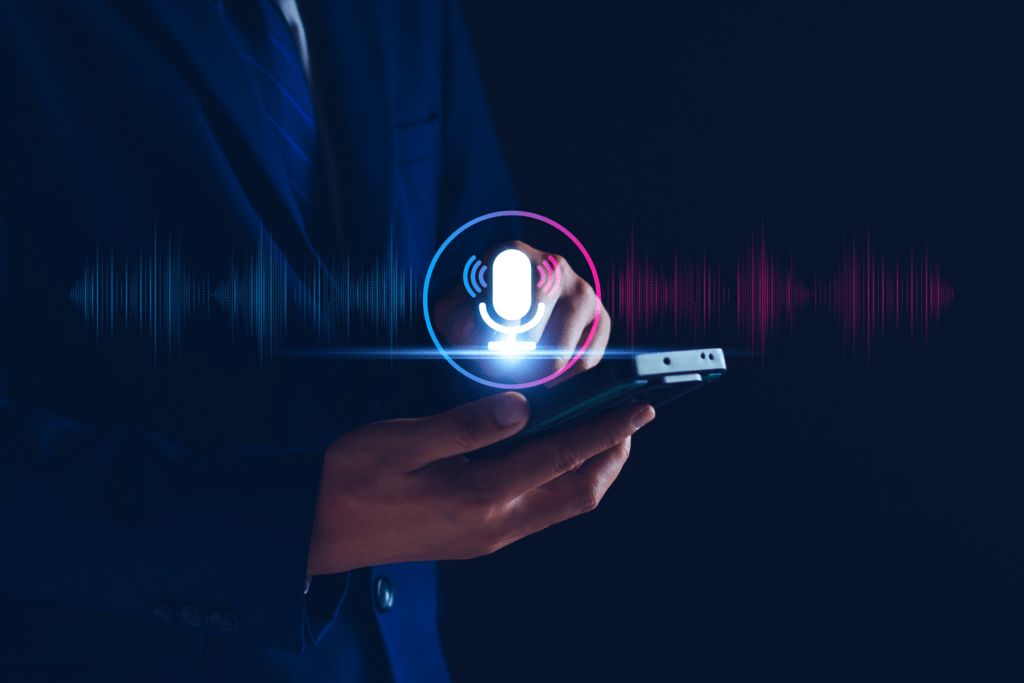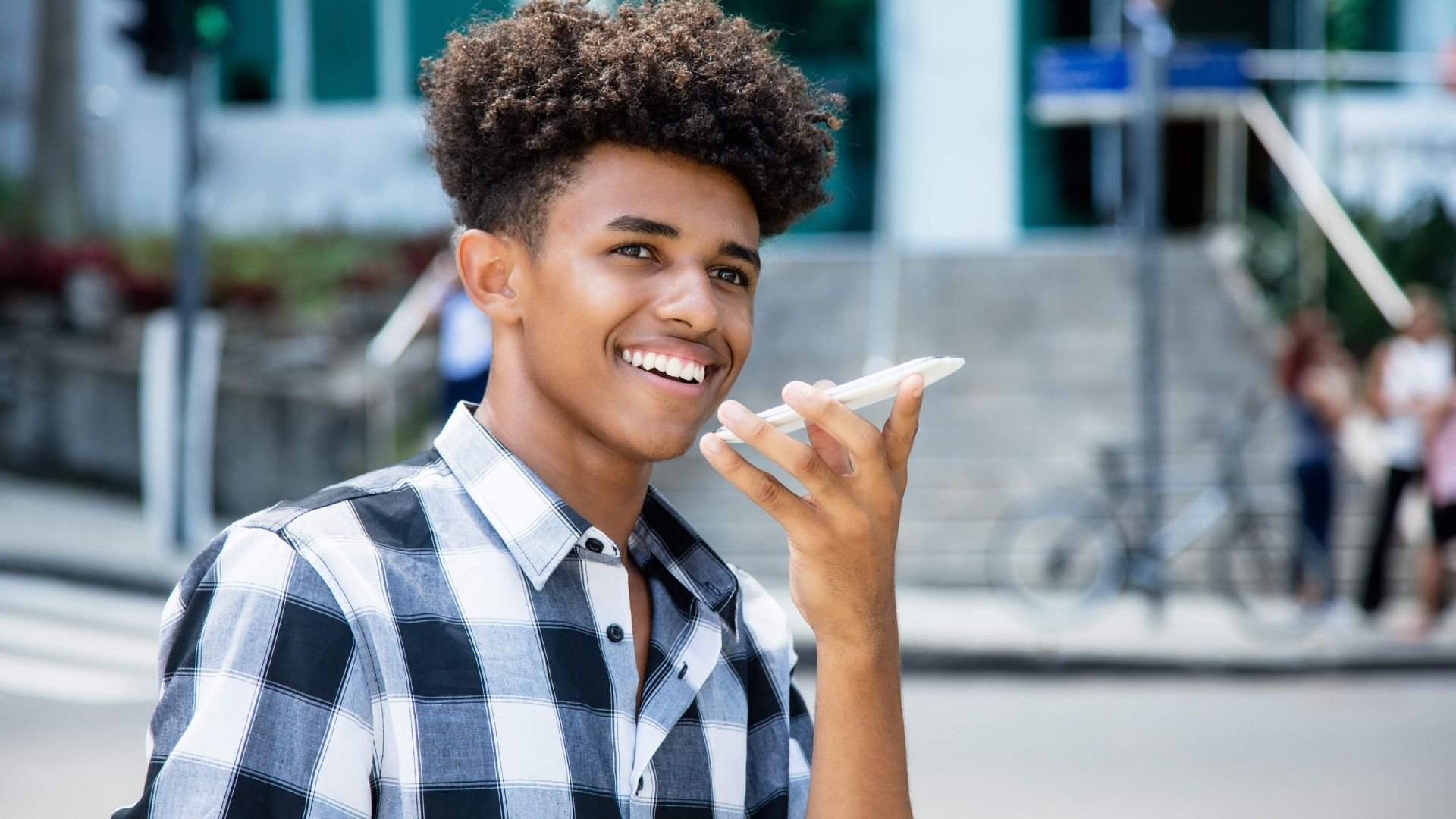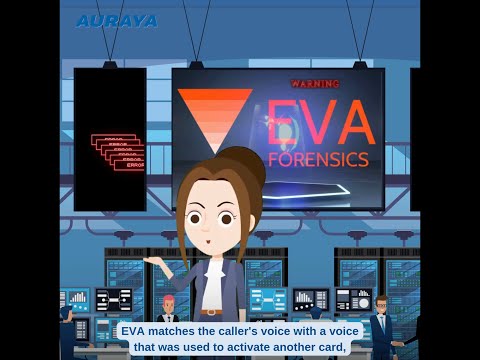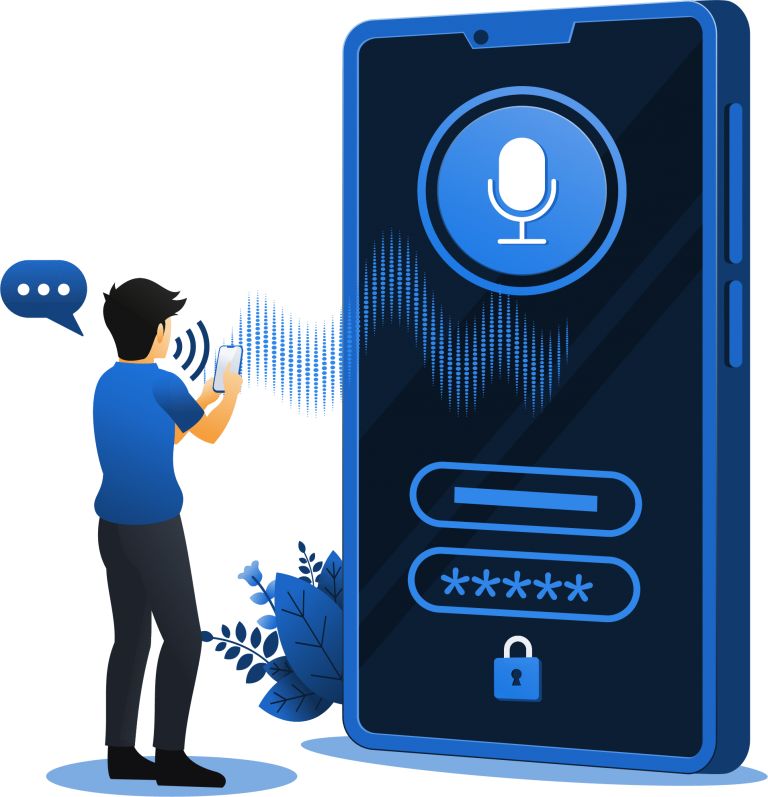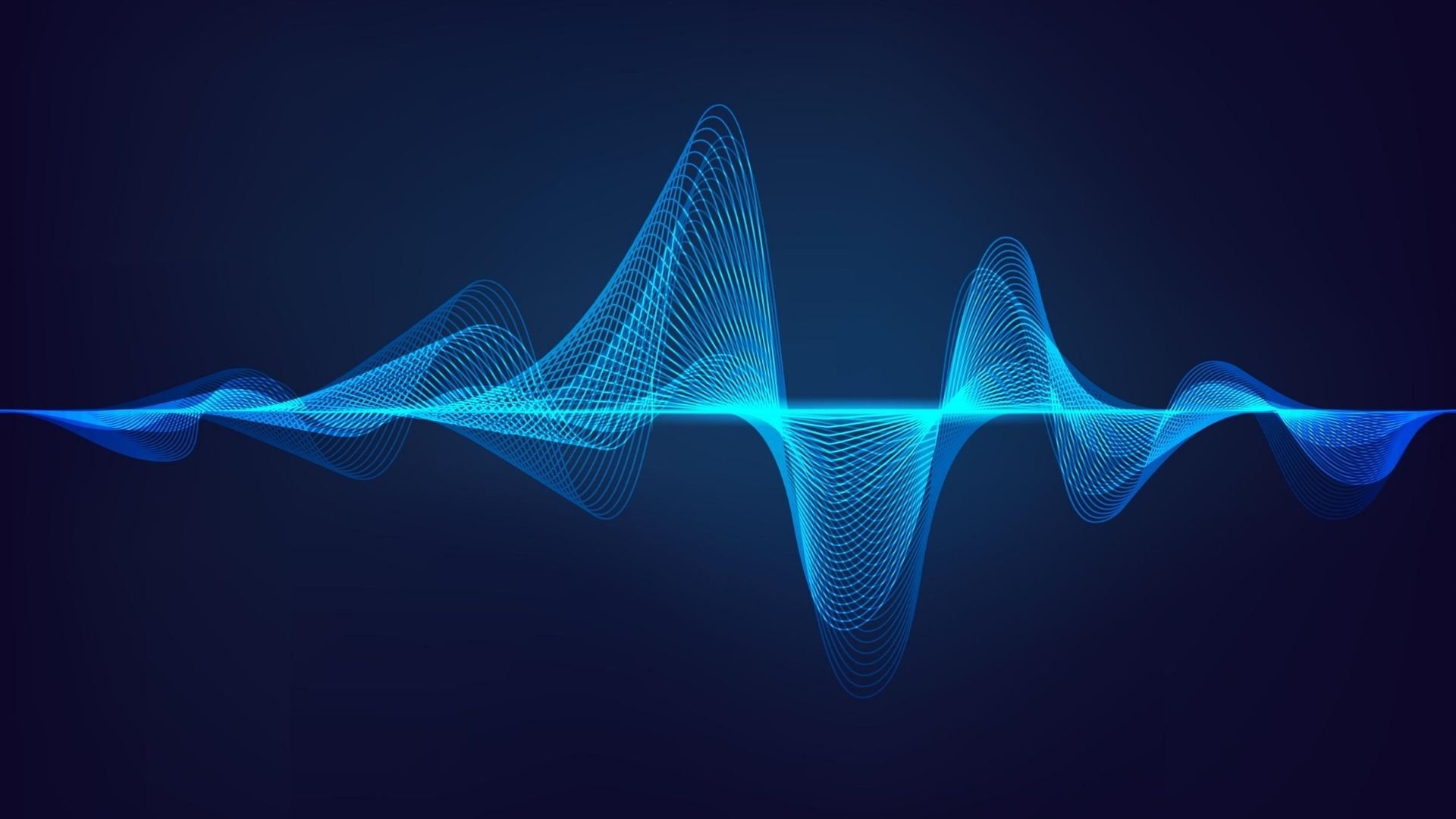Today, we live in a world where digital identity theft, fraud and deep fake voice attacks are rampant, securing user authentication has become paramount. Traditional methods like passwords and PINs are increasingly vulnerable to sophisticated attacks. This brings us to voice biometrics—a technology that uses the distinct features of a person’s voice for identity verification.
At Auraya, we take this challenge seriously. Auraya, a leader in voice biometric solutions, has developed advanced systems to safeguard against deep fake voice attacks, ensuring that your voice remains a trusted key to your identity. Here’s how Auraya protects users and organizations from the growing threat of deep fake voices.
What are Deep Fake Voice Attacks?
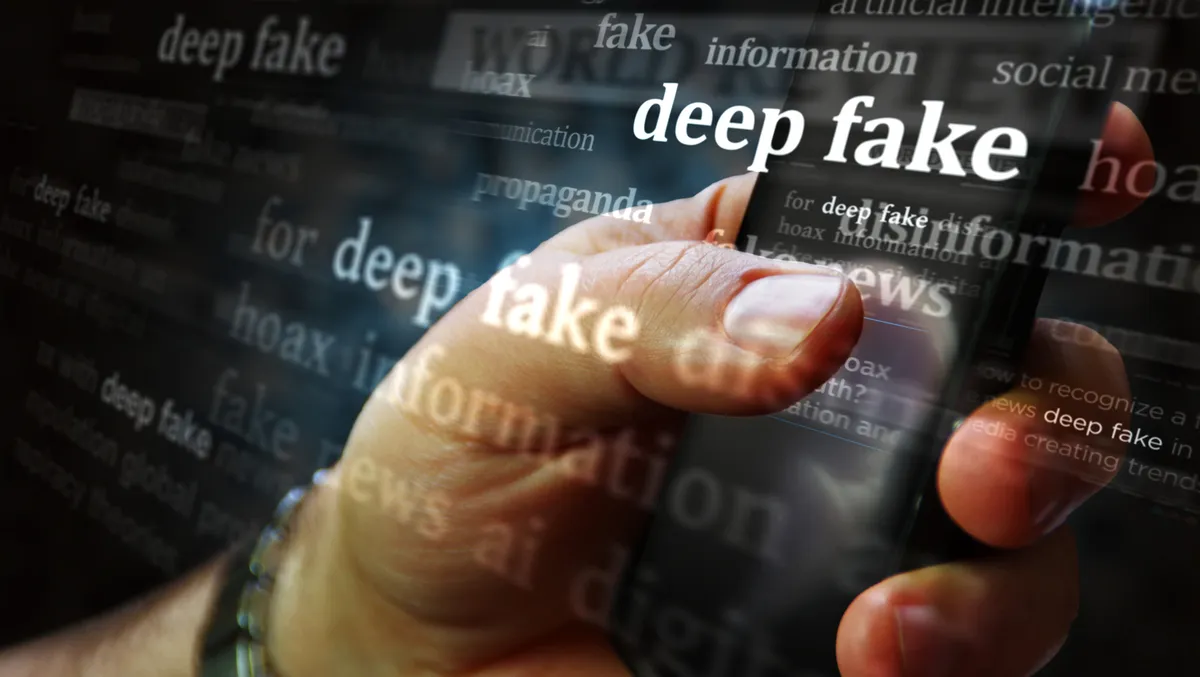
Deepfake voices are synthetic audio generated by AI models trained on real human speech. These systems require only a few seconds of audio to clone someone’s voice, making it increasingly easy for cybercriminals to:
- Impersonate individuals in high-stakes environments,
- Circumvent voice authentication systems,
- Execute fraud via social engineering, and
- Disrupt operations by injecting fake voice commands into automated systems.
Deepfake technology employs artificial intelligence to create synthetic audio that mimics a person’s voice with alarming accuracy. These voices can be used to deceive systems and individuals, leading to unauthorized access and potential fraud. As voice biometrics gain popularity for authentication, they also become targets for these malicious actors. Without robust protection, systems relying solely on voice recognition are vulnerable to such attacks.
Auraya’s Advanced Voice Biometrics Solutions
Auraya’s suite of voice biometric solutions is designed to reduce the evolving threats posed by deep fake voice attacks. Their solutions go beyond basic voice recognition, incorporating multiple layers of security to ensure authenticity.
1. Real-Time Liveness Detection
Auraya’s systems uses real-time liveness detection to confirm that the voice being analyzed is from a live person and not a recording or synthetic source. This feature is crucial in preventing playback and deepfake attacks, as it requires the user to interact naturally during the authentication process.
2. Patented Anti-Spoofing Technology
To counteract sophisticated spoofing techniques, Auraya employs patented speaker-specific background models and active learning processes. These technologies analyze the unique vocal characteristics of an individual, making it exceedingly difficult for deepfake systems to replicate. Continuous updates to these models ensure that the system adapts to emerging threats.
3. EVA Forensics: Proactive Fraud Detection
Auraya’s EVA Forensics solution offers real-time analysis of voice interactions, enabling organizations to detect and mitigate fraudulent activities as they occur. By analyzing audio sources in real-time, EVA Forensics can identify synthetic voice attempts and prevent unauthorized access before it happens.
4. Multi-Factor Authentication
Recognizing that no single method is foolproof, Auraya integrates voice biometrics with other authentication factors. For instance, combining voice verification with one-time passcodes (OTPs) sent to trusted devices adds an additional layer of security. This multi-factor approach ensures that even if one layer is compromised, unauthorized access is still prevented .
Staying Updated
Deep Fake technology is advancing rapidly—and so are we. At Auraya, we understand that protection against synthetic threats and deep fake voice attacks is an ongoing process. We continuously monitor the threat landscape, update our detection algorithms, and retrain our models to recognize the latest deep fake voice characteristics. This commitment to innovation allows us to future-proof our technology and give our customers peace of mind in an ever-evolving threat environment.
Ethics, Privacy, and User Control
Security must never come at the cost of privacy. At Auraya, we design every system with privacy-first principles. Voiceprints are stored as encrypted mathematical models and cannot be reverse-engineered into voice recordings. Users must consent before enrollment, and they retain full control over their biometric data.
Conclusion
As deep fake voices become more convincing, the need for strong, reliable voice security has never been greater. It’s no longer just about recognizing a voice—it’s about knowing it’s coming from a real person, in real time. At Auraya, we combine advanced voice biometrics, smart detection, and deep expertise to protect against voice-based threats. Our technology understands the unique way each person speaks, helping stop deepfakes before they can do harm. In a world where it’s easier than ever to fake a voice, we help you stay one step ahead keeping conversations secure and trust intact.

